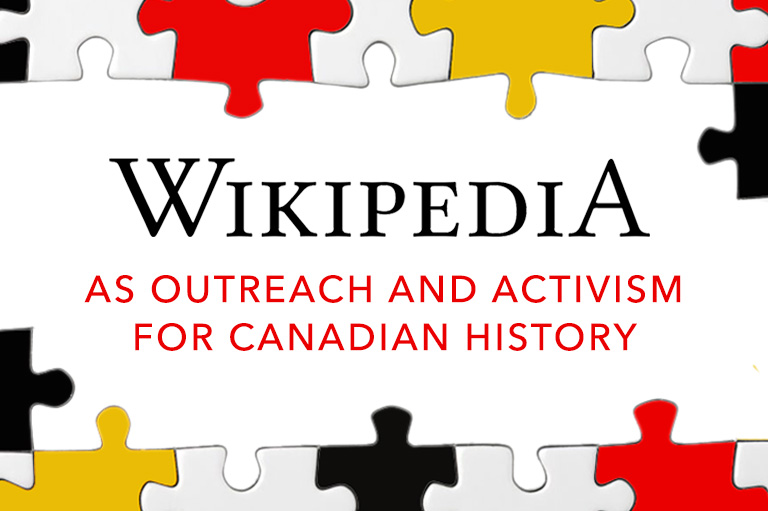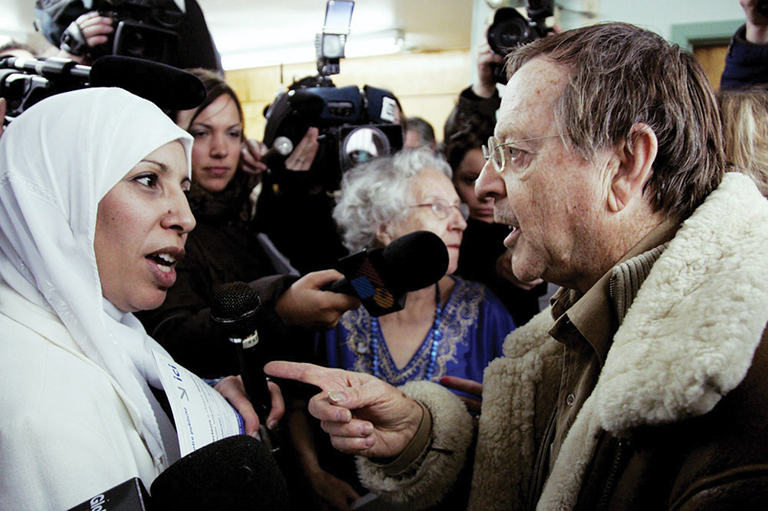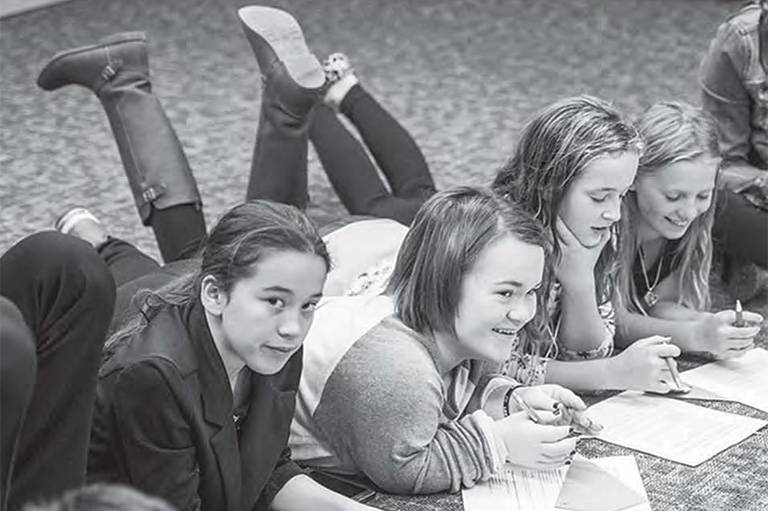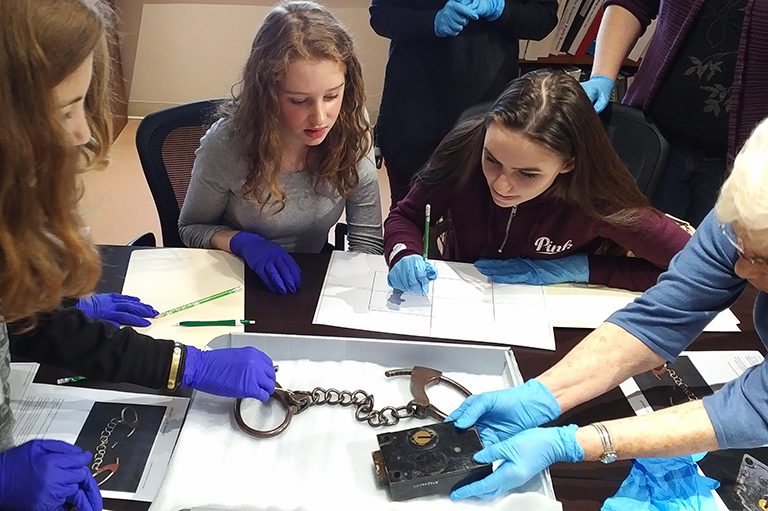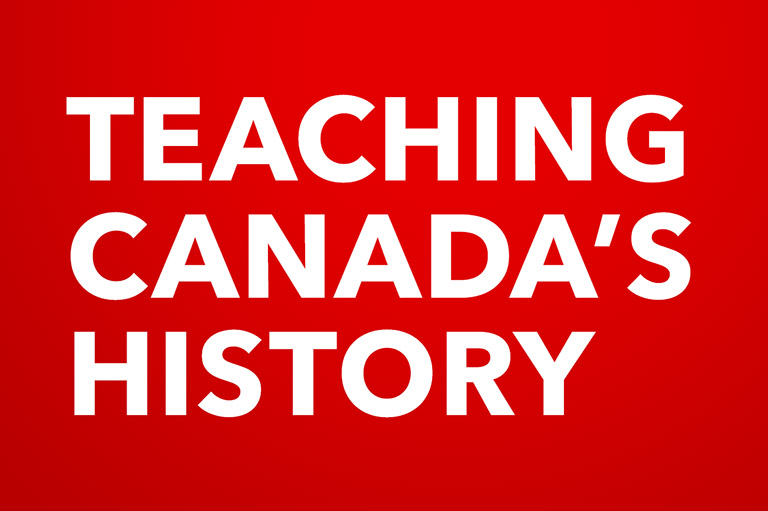Six issues for ONLY $29.95! Save almost 40% off the cover price!
Students Editing Wikipedia
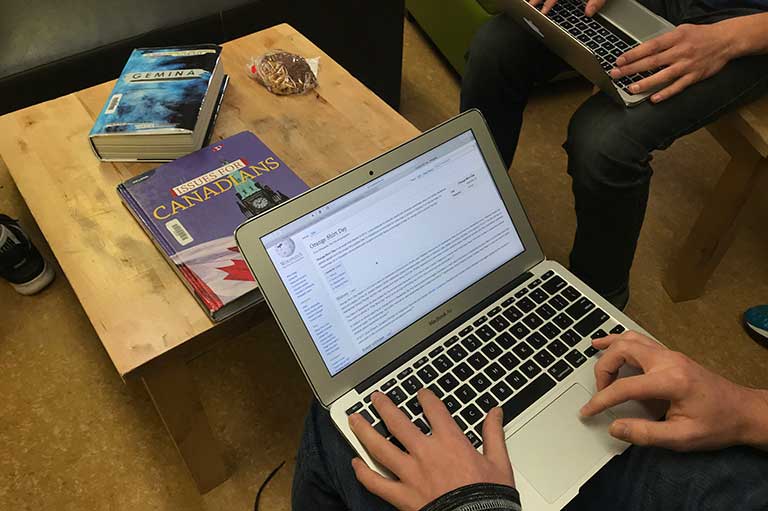
In this digital age, students are inundated with information, and helping them to think critically about what flies into their faces on a daily basis is essential to our jobs as educators. This was part of our focus when we took up the challenge of the Canada-wide History Wikipedia Edit-a-Thon hosted in October 2017 by Krista McCracken and Jessica Knapp.
Teachers have a love-hate relationship with Wikipedia. Some teachers declare a complete moratorium on using Wikipedia while others will allow their learners to consult it when researching. Even students themselves have a variety of opinions on using Wikipedia, so when we presented an opportunity to our students to edit Wikipedia, we needed to frame this activity with a discussion on good research practices. It was also a chance to examine the anatomy of a Wikipedia article which in turn helped students understand the pros and cons of this crowd-sourced repository of information.
After perusing the list of suggested Wikipedia articles that required editing or creation, our teaching team decided to focus our students’ efforts on one article. We chose “Orange Shirt Day” because of its connection to our students, and our belief that this is an important issue that requires more attention. This article includes two perspectives. The first is that of a few grade 9 students and their teacher, Jaime Groeller, who were involved in the editing process. We invited these students to write about their experience because they actually contributed content to the “Orange Shirt Day” Wikipedia page. The second is that of one of our teachers, Chris Wilding, who put together a planning guide to help teachers prepare for a Wikipedia edit-a-thon, as well as an organizer for students to help them work through the process of creating content for the Wikipedia page.
We started the task by giving the students a guiding question: “How do we understand where knowledge comes from?” This became the basis for our initial discussions which focused on how students select and evaluate information during the research process. This discussion led to us evaluating the use of Wikipedia as a source and using criteria for evaluating said source as set out in the student assignment. Students found that, while at times it was hard to determine using the aforementioned criteria, Wikipedia’s articles are predominately able to meet the criteria of a valid reliable source. At this point, we introduced Wikipedia’s five pillars to make a comparison against our own criteria. Students agreed that the pillars showed how the research put into Wikipedia articles is required to follow a similar structure and standard for evaluation.
After this discussion, we introduced the task to the students and explained that they would be participating in the Canada-wide History Wikipedia Edit-a-Thon, and in fact they would be helping construct an article based on their research for Orange Shirt Day. As a class, we first looked at the news articles provided by the event page which introduced students to our topic and began allowing for more insight into the overall purpose of creating the article. The students were then given the Wikipedia guide for developing an article, which we went through as a class.
Students worked together in groups to research the topic and gather data which was then put into a general template that was provided for them. They were given a set amount of time to work on their initial research before they were broken up and mixed into different groups. In these new groups, students compared and contrasted the research done in their initial groups and began purposefully selecting which information was most relevant, as well as trying to remove the bias in their language.
After students had selected the most pertinent information, they were divided into different groups once again in order to refine their work further and construct final edits of their Wikipedia articles. The use of the Wikipedia Article Development page was highly influential in the students’ work, and they were able to effectively apply this different criteria to their work.
After this event, the students reflected on how online databases like Wikipedia are not random assemblages of online thoughts, but rather, curated information that is selected and distributed purposefully. While some information may at times be changed, it is part of the open policy enacted by Wikipedia that is the cause of both its strengths and weaknesses as an online database. The students followed up this learning activity with a visit to Mount Royal University, where they worked with the library staff to continue exploring their guiding question (How do we understand where knowledge comes from?). The staff constructed a private course for Connect Charter School students that provided supporting information and detail in many of the areas they had started to understand through their construction of the Wikipedia article. This was a wonderful opportunity that allowed students to engage in the construction of knowledge in this digital age, and deepen their understanding of where this knowledge comes from.
Student perspective
by Lucas Braun and Benjamin Green (@theyouthgroup44)

We live in a different era than we did a century ago. We have access to all the collective knowledge of the human race through a device small enough to fit in our pockets. It’s quite remarkable to think how far technology has come in the last fifty years alone. But there are also risks associated with this surge in technology. Youth and young adults are among the most impressionable among us, and they are also the people that use the internet the most, according to surveys collected in the last decade. It is our duty to make sure that they know how to judge which information is truthful, unbiased, and relevant. This is exactly what we, the students at Connect Charter School, set out to do.
For a month we worked on a Wikipedia article that we started for the Canada-wide History Wikipedia Edit-a-Thon that was held on October 18, 2017. The topic of our article was Orange Shirt Day, an event that was founded in 2013 to help shed light on the residential school system that lasted in Canada for more than a century. Surprisingly, there wasn’t a Wikipedia article dedicated to it, so we took the time to research and write about the topic. The challenge was to write as unbiased, truthful, and informatively as possible.
It might be important to point out at this point that the “we” mentioned above are students, grade 9 students specifically. We, along with our teachers and some of our grade 8 colleagues, chose this page from a suggested list of Wikipedia pages that needed to be edited or created.
Of course, there were some pitfalls along the way, especially when writing about the residential schools without bias. Word choice was of utmost importance, and it was hard to write about something collectively thought of as a bad thing without portraying it as a bad thing. Of course, we may have spent too much of our time working on that because we may have ended up portraying Orange Shirt Day itself as too much of a good thing! When we initially submitted the article, it was rejected. Apparently, it sounded too much like an advertisement.
That wasn’t a big deal right? We could easily just rewrite it and try again...or so we thought. The issue was that we weren’t the only people allowed to write up an article. When we logged on next class, we found that someone else had already written the article. As you can imagine, we were pretty frustrated by this. Despite all of our hard work, we were not quick enough, and someone else beat us to our prize. The most frustrating thing was that he/she (though between you and me, he) wasn’t even Canadian, and Orange Shirt Day is a purely Canadian event!
Despite this, we really enjoyed being able to do this. This opportunity was a great way to learn about a topic while contributing to our community. Wikipedia is a very unique specimen. It utilizes an idea known as “power of the crowd.” The site has a huge community of editors and writers that can contribute to the pages and articles whenever they want. Because so many people are adding information, the articles are more accurate, contain more information, and are unbiased. Since so many people read it every day, the pages are always being edited. The crowd has far more power than an individual. We have seen this idea before in several occasions.
British monks in the middle ages would keep logs of information in a scriptorium. Those logs would be passed down the generations, and each one would be edited and revised to keep the information as relevant as possible. A crowd of people would add more information to the individual's work. The world wide web (see Tim Berners-Lee) itself was created so physicists working on the Large Hadron Collider would be able to share their findings with each other and build on their knowledge. Millions of people use the internet every day. Billions of websites all bring information to the table. We are able to edit the information, access it easily, and let our voices be heard.
Even with everyone who already contributes, we could always use more people helping the community. It's easy to edit Wikipedia. All you have to do is make an account, and you can make revisions. You don’t even have to do it for long. You can edit a word, or a page. Wikipedia is always open to new members who can bring even more to the table.
Themes associated with this article
Advertisement


